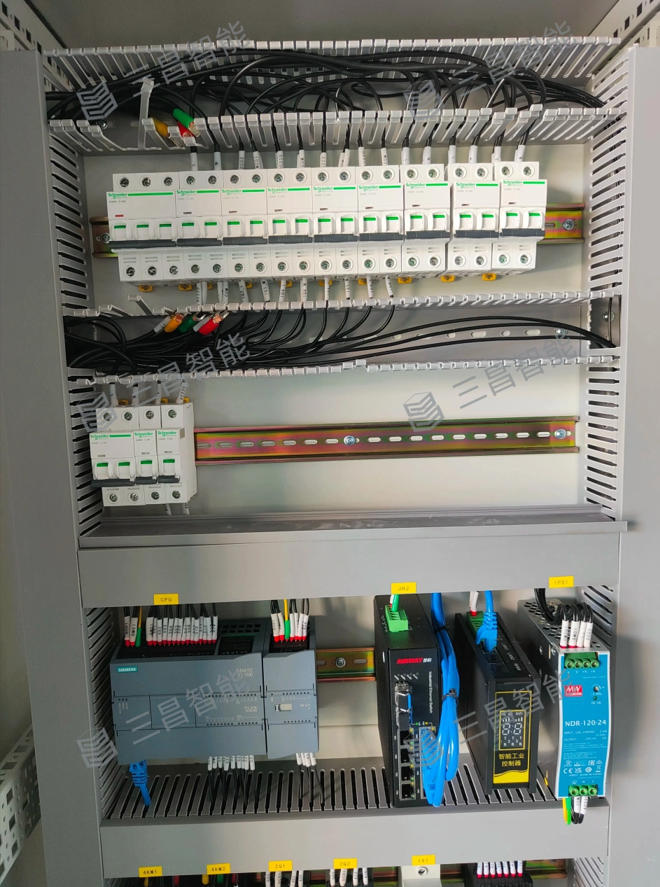SanChang Intelligent Answer: Comparison of Characteristics between PLC Control System and Relay Control System
Category: Technical Classroom
2025-10-16
In the field of industrial control, both PLC control systems and relay control systems are widely used, and there are significant differences between the two in terms of working principles and functional implementation. Understanding these differences can help choose a more suitable control scheme based on actual needs. The following compares the characteristics of the two from five aspects.
1. The convenience of modifying control logic varies
The control logic of the relay control system is implemented through hardware wiring. If the logic needs to be adjusted, the wire connection method needs to be changed again, which may involve disassembly, rewiring and other operations, consuming a lot of time and manpower. The control logic of the PLC control system is stored in the program. When modifying the logic, only the program code needs to be adjusted in the programming software, without changing the hardware wiring. After the modification, the program can be downloaded to the PLC, which greatly reduces the difficulty and cost of logic adjustment.
2. There is a difference in system volume and footprint
The relay control system requires a large number of discrete components such as relays, contactors, timers, etc. These components need to be installed through cabinets, and the wiring between the components will occupy a certain amount of space, resulting in a large system volume and a relatively large footprint. The PLC control system implements multiple control functions through internal chips and programs. A single PLC module can replace multiple relay components, while reducing the number of external wiring, making the system structure more compact, smaller in size, and effectively saving installation space.
3. Reliability and troubleshooting difficulty differ
In relay control systems, there are a large number of components and complex wiring. After long-term operation, faults may occur due to loose wiring, aging components, and other issues. When troubleshooting, it is difficult to check each component and wiring one by one. The PLC control system has a small number of components, simple wiring, and internal self checking function, which can monitor some faults in real time and issue prompts. When troubleshooting, programming software can be used to view the program running status, quickly locate the fault location, improve the reliability of system operation, and reduce the difficulty of fault handling.
4. There are differences in the ability to expand functionality
If the relay control system needs to expand its functions, corresponding relays, contactors, and other components need to be added, and the wiring design needs to be redesigned. When there are too many expanded functions, it may lead to an overly complex system structure and even affect the stability of the original system. PLC control systems have strong expansion capabilities, which can be achieved by adding input and output modules, communication modules, etc. During the expansion process, there is no need to make significant changes to the original hardware structure, only to add corresponding control logic in the program, which can better adapt to changes in production requirements.
5. The anti-interference ability varies
The electromagnetic coils, wiring, etc. in the relay control system are susceptible to external electromagnetic interference, which may cause component misoperation and affect the normal operation of the system. Additional anti-interference measures such as shielding and grounding need to be taken. The PLC control system adopts anti-interference technology in hardware design, such as optoelectronic isolation, filtering, etc. At the same time, the program runs in a closed chip environment, which is less affected by external interference. In the complex electromagnetic environment of industrial sites, it can maintain a more stable operating state and reduce abnormal situations caused by interference.
In summary, PLC control systems and relay control systems have their own characteristics in terms of convenience, size, reliability, scalability, and anti-interference ability. In practical applications, it is necessary to comprehensively consider factors such as control requirements, cost budget, and usage environment to choose a control method that is more in line with production reality, in order to improve the efficiency and stability of industrial control.




